地震などにより起こる「津波」。この言葉は日本語が英語でも「TSUNAMI」として使われるようになっています。科学者たちは津波のメカニズムを解明して、災害時の被害を最小限にするための努力を続けています。その取り組みについてを英語で学んでみましょう。
学習のポイントと概要
この動画では、TSUNAMI(Tidal Waves)のメカニズムについて紹介しています。最初に紀元前(BC)の歴史から普通の波と津波の違い、そして科学者たちがどのように津波を予測していくかなどを紹介しています。注意深く聞いていきましょう。
LESSON VIDEO
※動画右下の「字幕ボタン」をON・OFFして学習に利用しましょう。まずはONで見て、次にOFFにして聞き取りの練習を行ってください。
Vocabulary – ボキャブラリー
Surface(表面)/ Tidal wave(潮の満ち引きによる波)/ gravitational force(重力)/ volcanic eruption (火山噴火)/ ripple(波紋) / affect(影響する)/ submarine landslide (海底地すべり)/ Shallow water (浅瀬)/ wave shoaling (浅水変形:センスイヘンケイ)/ massive (強力な)/
Phrases and sentences – フレーズと文章
Although Tsunamis are commonly known as tidal waves, there’re actually unrelated to the tidal activity caused by the gravitational forces of the Sun and Moon.
(津波は一般にはTidal waveとして知られていますが、太陽や月の引力が引き起こす潮汐の活動とは関係はありません。)
ここでTidal waveとは潮の満ち引きによる波という事になります。
For normal ocean waves, it comes from wind.
(通常の波は、風によるものです。)
Because this only affects the surface, the waves are limited in size and speed.
(海面だけに影響を及ぼすため、大きさやスピードが限定されます。)
【 津波の場合 】
But Tsunamis are caused by energy originating underwater, from a volcanic eruption, a submarine landslide, or most commonly, an earthquake on the ocean floor caused when the tectonic plates of the Earth’s surface slip, releasing a massive amount of energy into the water.
しかし、津波は、海底火山の噴火や、海底の地滑り、そして一番よく知られているプレートテクトニクスによる地球表面のスライドによるものすごい量のエネルギーを水中に放出する地震など、水中からやってくるエネルギーによって引き起こされます。
This energy travels up to the surface displacing water and raising it above the normal sea level .
このエネルギーは海面を押し上げ、通常の海面より高くなります。
But gravity pulls it back down which makes the energy ripple out wards horizontally.
重力がこれを引き戻そうとし、それにより水平方向外向きにエネルギーが波打っていきます。
When it’s far from shore a tsunami can be barely detectable since it moves through the entire depth of the water.
海岸から遠く離れているとき、津波は水深全体を移動するため、ほとんど検出できません。
When it reaches shallow water, something called wave shoaling occurs.
浅瀬に到達すると、ウェーブショアリング(浅水変形:センスイヘンケイ)と呼ばれる現象が起こります。
Because there is less water to move through the still massive amount of energy is compressed. The wave speed slows down while its height rises to as much as 100 feet.
水が少なくなると、まだ巨大なエネルギーが移動すするために圧縮されます。そして波のスピードが落ちて、波の高さ上昇して、その高さは100フィートにも達します。
The Japanese word “TSUNAMI” comes from the fact that it only seems to appear near the coast.
「津波」という言葉は、海岸近くにしか現れないように見えることに由来します。
※「津」という言葉は日本語で「船着き場」という意味があります。
The 2004 Indian Ocean tsunami was one of the deadliest natural disasters in history killing over 200,000 people throughout South Asia.
2004年のインド洋での津波は、南アジア全体で20万人以上の犠牲者をだした史上最悪の自然災害の1つです。
Many scientists and policymakers are instead focusing on early detection monitoring underwater pressure and seismic activity and establishing global communication networks for quickly distributing alerts.
多くの科学者や政策担当者は代わりに早期発見を目指し、水中の圧力の変化を監視し、地震予測などを行って、いち早く警告を出せるように世界規模の通信網の構築を行っています。
Summary – まとめ
津波と通常の波の違いを英語で説明できますか?通常の波は風などによる影響が大きかったため、波の大きさもある程度制限されるという事でした。文章のところでも紹介しましたが、自然の波は、以下の文章でまとめられ
For normal ocean waves, it comes from wind. Because this only affects the surface, the waves are limited in size and speed.
今回は津波の話しでしたので、津波の説明はとても長かったですね。一言で言ってしまえば、
Tsunamis are caused by energy originating underwater.
でしょうか。


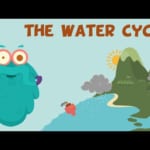


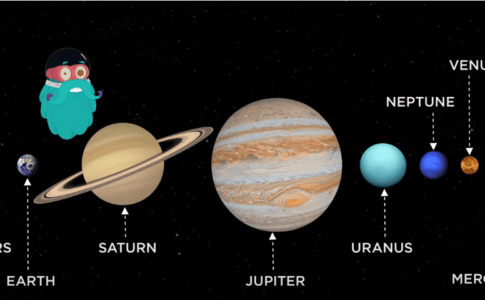
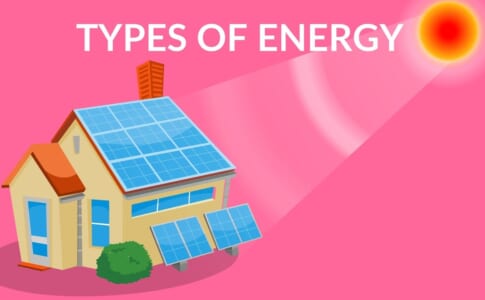


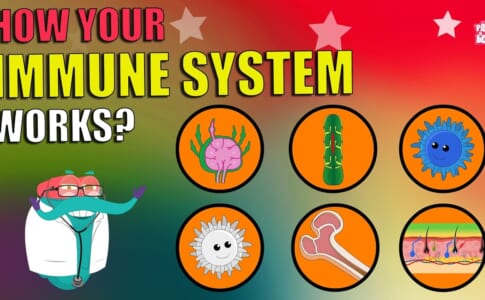

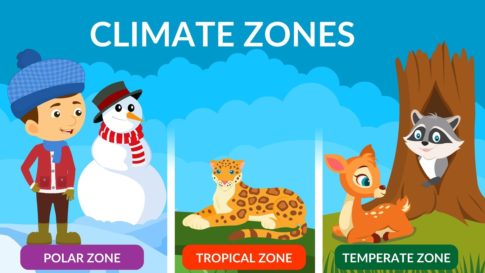
Recent Comments